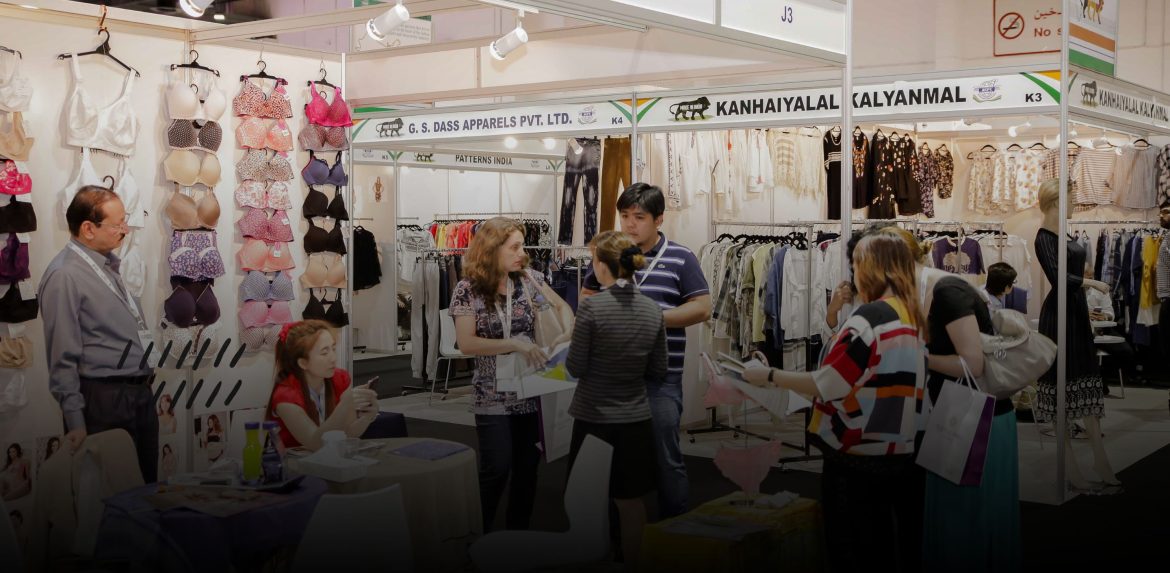Beirut Fashion has come to represent the notion of resiliency. Unfortunately, four months after the August 4 explosion in the city’s harbor, the lingering pictures of Lebanon’s capital in our collective mind are of a city in ruins. Images of individuals whose whole lives were destroyed in a second and who had to rely on their purportedly superhuman “resilience” to pick up the pieces and start again.
What is less well acknowledged is that the same people were also confronted with a cruel, corrupt, and a criminal governing elite that openly suppressed and stole its people while drowning in an unparalleled economic collapse, a humanitarian catastrophe, and an ongoing revolution. Furthermore, the nation had only just emerged from a terrible 15-year civil war that ended in 1990. Despite this, many young creatives in Lebanon’s fashion, architecture, and photography sectors are upbeat about the country’s prospects.
A Beirut-based publication that campaigns for Lebanon’s domestic workers.
Despite the lack of government assistance, a dysfunctional political system, and a lack of social justice, this community has opted to stay and recover their city. Because of their efforts, the area outside Beirut’s Port, where the bomb went off and many artists had their studios. It has become a magnet for the creative community. They have managed to keep Beirut a bustling center of arts and culture in a short period of time and with few resources.
The explosion destroyed many of the young artists’ studios, killing or injuring a large number of them. Despite the fact that many people have been forced to leave Lebanon, those that stay are more talented and motivated than before.
The Beirut Souks are an artistic birthplace.
Fear of failure and the exorbitant expenses of joining the fashion business have historically prevented Lebanese students from pursuing professions in the sector. It’s a good thing Creative Space Beirut came in to help. Sarah Hermez, a Parsons graduate who had returned to her hometown, came up with the concept in 2011 because “so much needed to be done.”
The School of Design currently includes the CSB label, an annual graduating fashion show, and an e-commerce website. This significant endeavor not only provided designers with a forum to demonstrate their abilities. But it also increased awareness of the need of purchasing from small, local firms. The sort “that were often looked down upon by a customer who preferred shopping overseas.”
They provide each and every individual with pieces of fabric (these include silk fabric, georgette fabric, cotton fabric, linen fabric, and so on) and test their knowledge and way of applicability to the fashion industry.
From the perspective of Super Yaya
Rym Beydoun was born on the Ivory Coast and migrated to Lebanon when she was eleven years old. Here she remained until the 4 August bombing. The designer, who graduated from Central Saint Martins, developed Super Yaya as a “cultural bridge. It is a method to bring Beirut and Abidjan together” in order to “suture the limits of both cities in a visual approach”. Rym would get lost in African fabric shops, and dig through old family pictures. The blend her finds with historical material from Abidjan and Beirut to establish her own style. It is a combination of African and Lebanese elements.
The Starch Foundation was founded by Tala Hajjar and Rabih Kayrouz.
Back in 2008, when the design and fashion industries were in their infancy, young graduates and ambitious designers were in Lebanon. She had no idea how to debut a collection, publicize it, or establish linkages between local and worldwide markets. Rabih Kayrouz is a fashion designer with Maison Rabih Kayrouz stores in Paris, London, and Beirut. She started getting letters from newcomers asking these and similar questions. Rabih and his friend Tala Hajjar, who had received the British Council’s Young Creative Award the previous year. Decided in 2011 that it was “the ripe and suitable moment” to launch STARCH. A non-profit organization committed to aiding rising Lebanese designers.
LaFabrika co-directors Ana Maria Samaha and Ramzi Tabiat
Ana Maria Samaha had no idea when she founded LaFabrika in 2015 that her firm would become an essential element of Lebanon’s fashion supply chain. After working in the sector at Maison Rabih Kayrouz. Samaha decided to start her own firm “with the goal of assisting developing local talent acquire a stronger market presence”. Fabrika has become the incubator for a new generation of successful entrepreneurs. That includes Super Yaya, Renaissance Renaissance, Jeux de Mains, and Roni Hélou, in only five years.
Makram Bitar is an image consultant and fashion stylist.
Makram Bitar is not your typical fashion designer. He has spearheaded a push to enhance women’s visibility in Lebanon’s mainstream media. The self-taught stylist overcomes numerous obstacles before realizing his vision and using all Beirut has to offer. His designs go beyond clothes to create vivid portrayals of the inner lives of men and women. However, his outfits represented them as if they were characters in a work of fiction.

Salim Azzam is a trendy Fashion designer.
Salim Azzam was present in Bater-Al Chouf, where needlework like embroidery, crochet, and point-de-Croix was struggling to preserve its cultural character. He, on the other hand, claims that “fashion was never considered as a choice for me.” “It was inconceivable to guys,” one individual said. Azzam returned to Lebanon after finishing his Graphic Design studies in Canada. With the goal of “making my people proud, respecting, and modernizing their crafts”. However, this brought the designer to Rabih Kayrouz, who mentored him at the STARCH organization.
Salim’s ready-to-wear collection earned him the Fashion Trust Arabia Award in 2019. Allowing him to grow his company by building a workshop in his hometown and collaborating with numerous fabric manufacturers. Azzam has been working on building a label that allows the preservation and reconstruction of traditional crafts out of this safe cocoon in the Chouf highlands, “where everything is done from scratch by 35 local craftswomen.”

